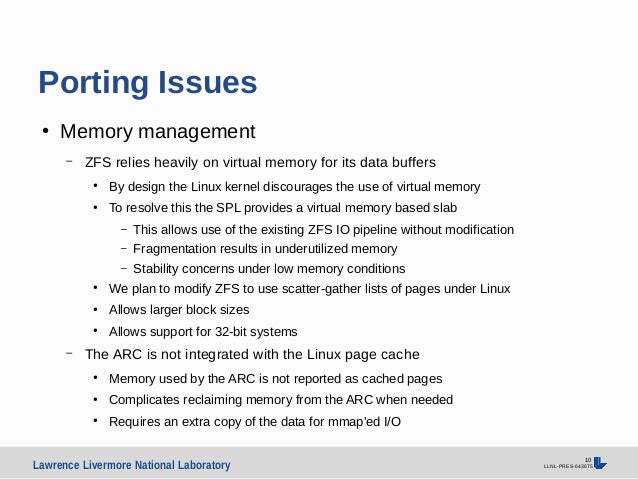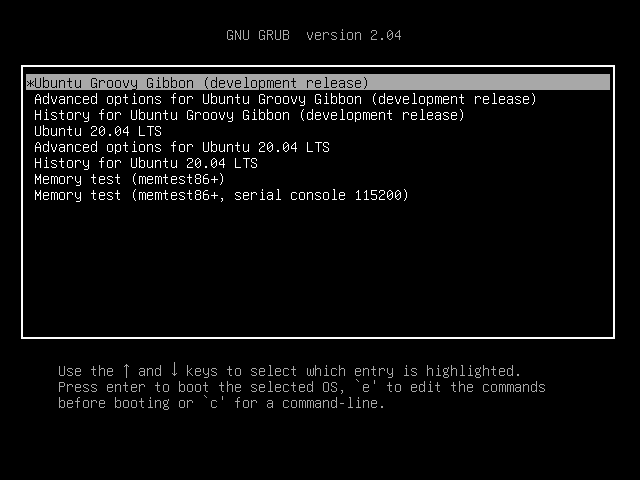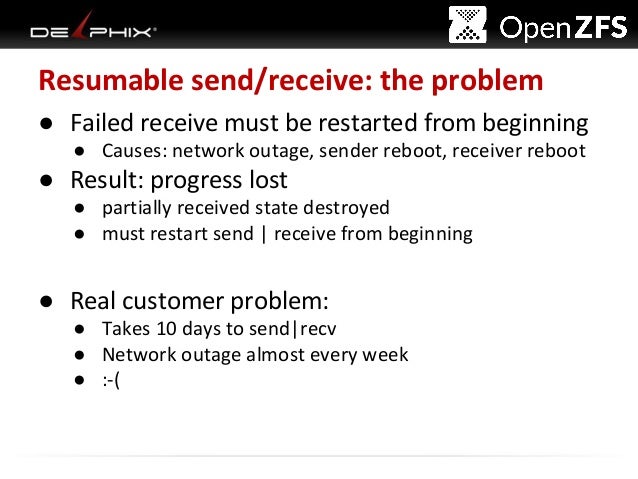

As we add diverse perspectives, our community becomes richer, and There are a multitude of ways to contribute to the project and contributors are happy to help newcomers. OpenZFS brings together developers and users from various open-source forks of the original ZFS on different platforms and we're always looking to grow our community. 3.3 I'd like to stay informed about events and new features!.3.1 Where can I learn more about OpenZFS?.scan : resilver in progress since Tue Nov 24 14 : 45 : 16 2020 6.13 T scanned at 7.82 G / s, 6.10 T issued at 7.78 G / s, 6.13 T total 565 G resilvered, 99. action : Wait for the resilver to complete. The pool will continue to function, possibly in a degraded state. # zpool replace tank sdg sdl # zpool status pool : tank state : DEGRADED status : One or more devices is currently being resilvered. Which were presented at the OpenZFS Developer Summit. Therefore,Ī scrub is started to verify the checksums after the sequentialįor a more in depth explanation of the differences between sequentialĪnd healing resilvering check out these sequential resilver slides

The block checksums cannot be verified while resilvering. The price to pay for this performance improvement is that Sequentially reads from the disks and make repairs using larger This rebuild process is not limited to block boundaries and can The downside is thisĬreates a random read workload which is not ideal for performance.Ī sequential resilver instead scans the space maps in order toĭetermine what space is allocated and what must be repaired. Repaired and can be immediately verified. Means the checksum for each block is available while it’s being

While both types of resilvering achieve the same goal it’s worth takingĪ moment to summarize the key differences.Ī traditional healing resilver scans the entire block tree. scan : resilver ( draid1 : 4 d : 11 c : 1 s - 0 ) in progress since Tue Nov 24 14 : 34 : 25 2020 3.51 T scanned at 13.4 G / s, 1.59 T issued 6.07 G / s, 6.13 T total 326 G resilvered, 57.17 % done, 00 : 03 : 21 to go config : NAME STATE READ WRITE CKSUM tank DEGRADED 0 0 0 draid1 : 4 d : 11 c : 1 s - 0 DEGRADED 0 0 0 sda ONLINE 0 0 0 ( resilvering ) sdb ONLINE 0 0 0 ( resilvering ) sdc ONLINE 0 0 0 ( resilvering ) sdd ONLINE 0 0 0 ( resilvering ) sde ONLINE 0 0 0 ( resilvering ) sdf ONLINE 0 0 0 ( resilvering ) spare - 6 DEGRADED 0 0 0 sdg UNAVAIL 0 0 0 draid1 - 0 - 0 ONLINE 0 0 0 ( resilvering ) sdh ONLINE 0 0 0 ( resilvering ) sdi ONLINE 0 0 0 ( resilvering ) sdj ONLINE 0 0 0 ( resilvering ) sdk ONLINE 0 0 0 ( resilvering ) spares draid1 - 0 - 0 INUSE currently in use
OPENZFS MANUAL OFFLINE
# echo offline >/sys/block/sdg/device/state # zpool replace -s tank sdg draid1-0-0 # zpool status pool : tank state : DEGRADED status : One or more devices is currently being resilvered. Performance as raidz, while also providing a fast integrated distributed In summary dRAID can provide the same level of redundancy and Reasonably approximated as floor((N-S)/(D+P))*. In regards to IO/s, performance is similar to raidz since for any It is recommended to also add a mirrored special vdev to store those If a dRAID pool will hold a significant amount of small blocks, When using ZFS volumes and dRAID theĭefault volblocksize property is increased to account for the allocation If usingĬompression, this relatively large allocation size can reduce theĮffective compression ratio. For example, with the defaultĭ=8 and 4k disk sectors the minimum allocation size is 32k. This allows a dRAID vdev toīe sequentially resilvered, however the fixed stripe width significantlyĮffects both usable capacity and IOPS. Making it impossible for the mapping to be damaged or lost.Īnother way dRAID differs from raidz is that it uses a fixed stripe This has the advantage of both keeping pool creation fast and Is accomplished by using carefully chosen precomputed permutation That regardless of which drive has failed, the rebuild IO (both readĪnd write) will distribute evenly among all surviving drives. The image below is simplified,īut it helps illustrate this key difference between dRAID and raidz.Īdditionally, a dRAID vdev must shuffle its child vdevs in such a way These groupsĪre distributed over all of the children in order to fully utilize theĪvailable disk performance. Groups, each with D data devices and P parity devices. A dRAID vdev is constructed from multiple internal raidz Spares which allows for faster resilvering while retaining the benefits DRAID is a variant of raidz that provides integrated distributed hot


 0 kommentar(er)
0 kommentar(er)
